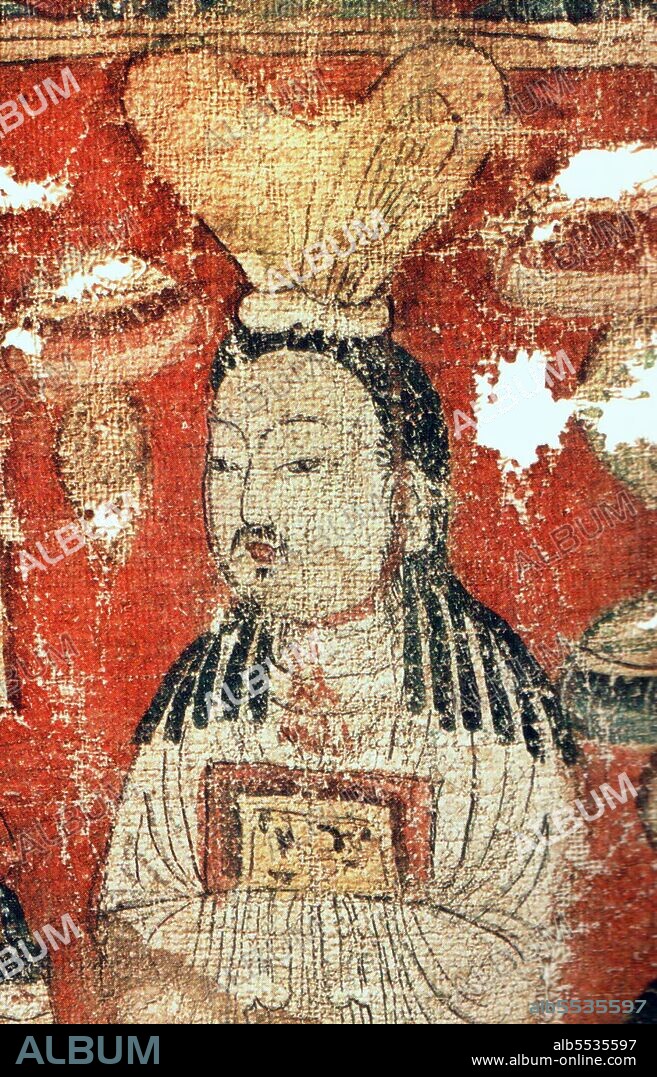alb5535597
China: A Manichaean donor, or possibly the prophet Mani. Bezeklik Thousand Buddha Caves, Turfan, Xinjiang, c. 8th-9th century.

|
Añadir a otro lightbox |
|
Añadir a otro lightbox |



¿Ya tienes cuenta? Iniciar sesión
¿No tienes cuenta? Regístrate
Compra esta imagen

Título:
China: A Manichaean donor, or possibly the prophet Mani. Bezeklik Thousand Buddha Caves, Turfan, Xinjiang, c. 8th-9th century.
Descripción:
Ver traducción automática
Mani (c.216–276 CE), of Iranian origin, was the prophet and the founder of Manichaeism, a gnostic religion of Late Antiquity which was once widespread but is now extinct. Mani was born in or near Seleucia-Ctesiphon in Asuristan (Assyria), at the time still part of the Parthian Empire. Six of his major works were written in Syriac Aramaic and the seventh, dedicated to the king of the empire, Shapur I, was written in Middle Persian. He died in Gundeshapur, under the Sassanid Empire.
Crédito:
Album / Pictures from History/Universal Images Group
Autorizaciones:
Modelo: No - Propiedad: No
¿Preguntas relacionadas con los derechos?
¿Preguntas relacionadas con los derechos?
Tamaño imagen:
3272 x 5100 px | 47.7 MB
Tamaño impresión:
27.7 x 43.2 cm | 10.9 x 17.0 in (300 dpi)
 Pinterest
Pinterest Twitter
Twitter Facebook
Facebook Copiar enlace
Copiar enlace Email
Email
